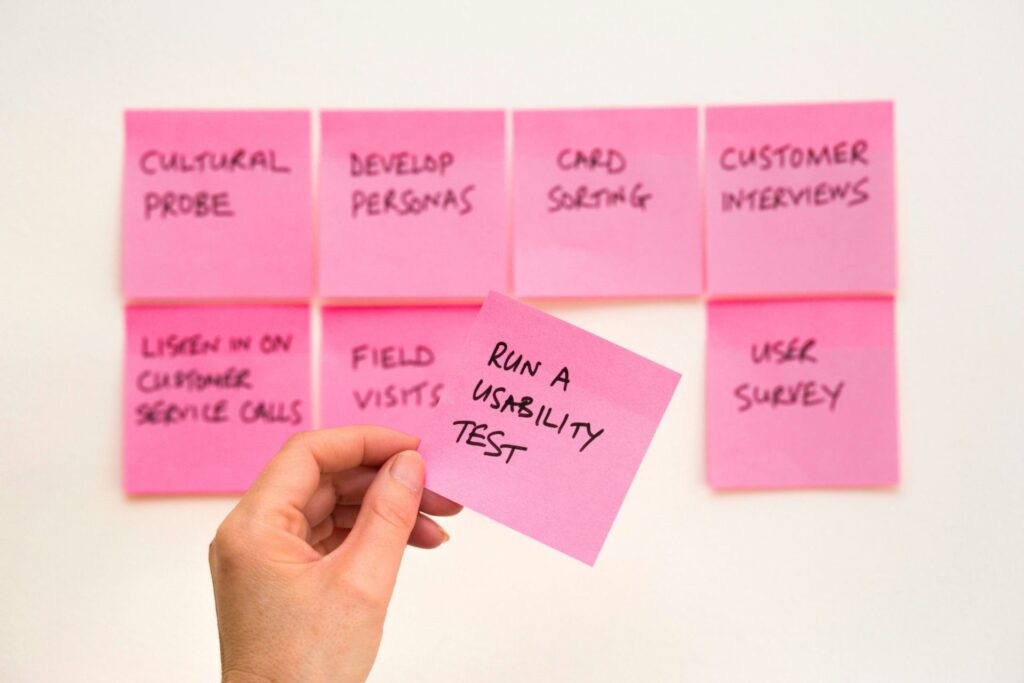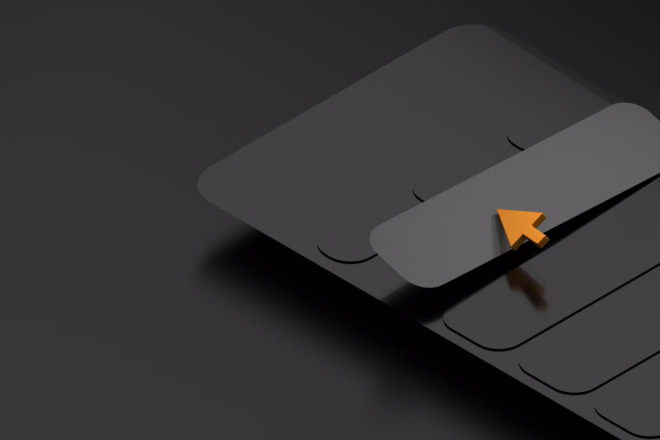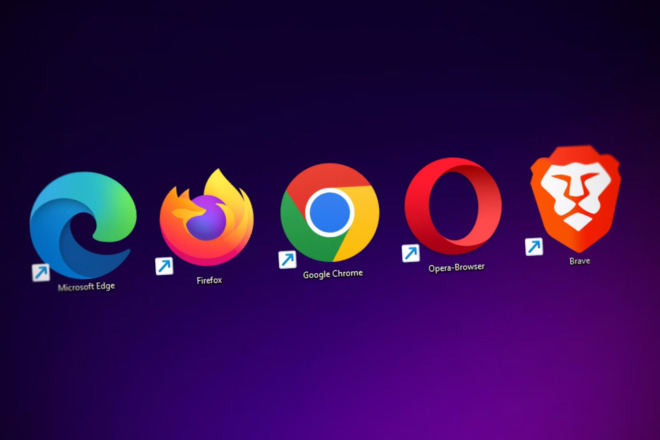Designing with user research is crucial in this digital age. It acts as a map, helping you to understand user needs and how to help them reach their goals more effectively. Without it, designers may eventually get somewhere. However, it may be unlikely for a product to be where users need it. User experience (UX) research is the foundation of user-centered design, providing the insights required to create functional and usable products. Yet, effective UX research involves various methods that should evolve alongside a project. From exploring user needs to validating design decisions, researchers must choose the right method at the right time to create experiences that achieve outstanding results.
Understanding UX Research Methods

UX research is understanding how users interact with a product or service. It helps companies learn what users need, what they value, what frustrates them and what motivates their decisions. It involves observing real behaviors, gathering feedback and turning that information into actionable insights to make design decisions.
While design often relies on creativity and intuition, UX research grounds those instincts in evidence. It helps teams move beyond assumptions and make data-informed choices. As a result, product developers can improve usability and effectiveness while reducing costly redesigns.
However, a common misconception is that UX research is a phase you complete before moving on to design. In reality, it is an ongoing process supporting every design cycle stage. Whether identifying user problems or analyzing product performance, research provides the insights needed to make better decisions at every step.
Phase 1: Discovery
The discovery stage is about uncovering the “why” behind user behaviors, such as why people need a solution, the problems they face and the goals they want to achieve. With this information, it is easier to design for real user needs.
In this phase, the goal is to gather as much qualitative and quantitative information as possible to understand the problem space. Rather than focusing on solutions, designers must identify opportunities for innovation.
UX research methods to use for discovery:
- User interviews: One-on-one interviews effectively gain deep insights into user experience. By having open-ended conversations, companies can uncover their pain points, motivations and behaviors.
- Surveys and questionnaires: Surveys are great for collecting data from a large audience. They identify trends, preferences and common issues across user groups.
- Competitive analysis: Studying competitors helps researchers understand what’s already available in the market and where those products fall short. This analysis can highlight gaps your products could fill.
- Field studies: Observing users in their natural environment provides insights into how they interact with products in the real world. This method reveals unconscious behaviors that users may not mention in interviews.
A Pro Tip for Effective Discovery Research Through Surveys
Surveys are one of the most popular forms of UX research. Consider using standardized scales to measure specific constructs to ensure the data is reliable and valid. According to research, the effectiveness of survey data largely depends on the validity and proper use of these scales. Using misapplied or poorly designed scales can lead to inaccurate conclusions. Always choose quality-tested scales designed for target measurement.
Phase 2: Definition
Definition is when designers make sense of all the data gathered during discovery. This phase involves synthesizing insights to clearly define the problem the design team must solve and ensure they understand user needs. At this stage, abstract ideas start to form through structured analysis.
UX research methods for definition include:
- Affinity mapping: This method helps organize large amounts of qualitative data. By grouping related ideas, behaviors or feedback, patterns reveal common themes and user pain points.
- Personas development: Personas are fictional, data-driven representations of target users. They humanize user data, making it easier for teams to design with empathy.
- Journey mapping: A user journey map visualizes the steps a user takes to achieve a goal. It highlights their emotions, pain points and interactions along the way. This UX research method aims to identify friction points and opportunities for improvement.
Case Study: Airbnb’s Project Lighthouse
A great example of effective definition-stage research is Airbnb’s Project Lighthouse, launched to uncover and address potential racial bias on its platform. After gathering extensive data on user experiences, Airbnb used data analysis and journey mapping to identify disparities in how people of different perceived races interacted with the platform. This structured approach helped them define specific problem areas, leading to targeted changes to improve inclusivity.
Phase 3: Design

The design stage is when ideas form, transitioning from concepts to tangible prototypes. At this point, the focus shifts from understanding the problem to exploring and testing potential solutions. UX research is critical here, ensuring design decisions align with user feedback.
UX research methods to use for design:
- Card sorting: This approach organizes information in a way that makes sense to users. Researchers give participants labeled cards and ask them to group the cards in a way that feels logical to them. Card sorting is most common when designing navigation systems and information architecture.
- Usability testing: Low-fidelity prototypes allow teams to test functionality and flow without investing time in polished designs. This catches usability issues early when changes are easier and less costly.
- A/B testing: A/B testing compares two design versions to determine which performs better. By changing one variable at a time, designers can learn what drives user engagement or conversions.
A Pro Tip for Optimizing Testing Efficiency With Multivariate Testing
While A/B testing is effective, it often requires an extended time frame. On average, this UX research method lasts about 35 days, with some taking up to six weeks or more. In the fast-paced world of digital products, this can slow down decision-making.
Multivariate testing offers a more efficient alternative by allowing researchers to test multiple variables at once. This approach saves time and provides deeper insight into how different design elements interact with one another, facilitating faster optimization.
Phase 4: Testing
The testing stage validates design decisions to ensure they meet user expectations. This phase is crucial for identifying usability issues, assessing functionality and gathering feedback before launch. The goal is simple — find out what works and doesn’t and why to make data-driven improvements.
UX research methods for this stage include:
- Usability testing: This method involves observing users as they complete specific tasks within a prototype of a live product. This testing helps by highlighting areas where users struggle to improve the design.
- Eye-tracking studies: Eye-tracking technology measures where users look, how long they focus, and the path their eyes follow on a screen. This reveals which elements capture attention and which ones they overlook. Researchers often use this method to optimize layout, content and visual hierarchy.
- Heuristic evaluation: UX experts use this method to review the interface against established usability principles to identify potential issues. It is quick, cost-effective and often used alongside user testing.
- Accessibility testing: This approach ensures the product is usable by people with disabilities. Accessibility testing involves automated tools, manual checks and testing with assistive technologies.
A Pro Tip for Conducting a Comfortable Testing Environment for Eye-Tracking Studies
Eye-tracking studies can provide powerful insights, but participants’ comfort directly impacts the accuracy of the data. To minimize distractions and reduce performance anxiety, create a calm testing atmosphere. Also, let participants know they are not being evaluated for their abilities, only the product.
Use a viewing setup with one-way mirrors or soundproofing to minimize the impact on observers. These small adjustments help participants behave more naturally, ensuring the data reflects real user behavior.
Phase 5: Post-Launch
The post-launch stage is the beginning of an ongoing process of learning, iterating and improving. Even after a product goes live, UX research remains essential for monitoring performance and uncovering opportunities for enhancement.
At this stage, the goal is to gather continuous feedback to ensure the product continues meeting user expectations. Data-driven insights from actual usage can validate earlier design decisions and guide future updates.
UX research methods for the post-launch stage include:
- Analytics review: Digital analytics tools track user behavior, such as clicks, page views, session duration and conversion rates. This data lets UX designers understand how users engage with a product and where drop-offs occur.
- Customer feedback and support data: Customer support tickets, feedback forms and reviews offer immediate insights into user frustrations or feature requests. Patterns in this data often highlight recurring issues that analytics alone may not reveal.
- Surveys: Post-launch surveys like Net Promoter Score (NPS) and Customer Satisfaction Score (CSAT) measure satisfaction, loyalty and the ease of completing tasks.
- Session recording and heatmaps: Tools can record user sessions and generate heatmaps, showing where users click, scroll or hover. This visual data reveals usability issues that may not surface through traditional testing.
A Pro Tip for Turning Passive Data Into Active Insights
While post-launch research often relies on passive data collection, avoid letting the data sit idle. Proactively combine quantitative data with qualitative insights to form a complete picture. For example, if analytics show a high drop-off rate on a specific webpage, dig deeper by reviewing session recordings or conducting follow-up user interviews. This integrated approach enables continuous product improvement.
Choosing the Right UX Research Methods
The key to effective UX research is knowing when to use it. Each stage of the design process demands a different approach to gathering meaningful information. What works during the early phases of exploring user needs may not be as effective when validating a final product. So, UX designers should consider starting small and working their way up from there.
About The Author
Eleanor Hecks is the Editor-in-Chief of Designerly Magazine, an online publication dedicated to providing in-depth content from the design and marketing industries. When she's not designing or writing code, you can find her exploring the outdoors with her husband and dog in their RV, burning calories at a local Zumba class, or curled up with a good book with her cats Gem and Cali.
You can find more of Eleanor's work at www.eleanorhecks.com.


